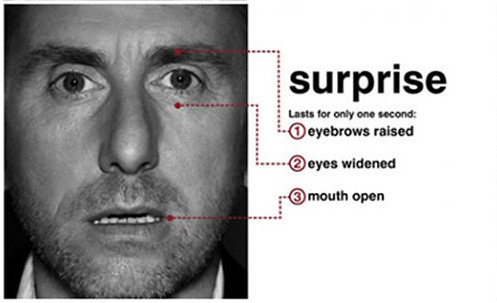Microexpressions
Facial muscles make involuntary movements when the body is under stress. The small size of these muscles together with the rapid movement make these difficult for the untrained eye to see. Lasting only 1/25 of a second, the face expresses these universal emotions: anger, contempt, disgust, fear, happiness, sadness and surprise. Learning to see this rapid expression and putting the correct emotion on it is the key to microexpressions. With this in mind, several methods of improving your skill have been developed.
Facial Action Coding System (FACS)
Facial Action Coding System (FACS) is a project to code emotions to facial microexpressions. Developed by Paul Ekman and Wallace Friesen in the mid 1970’s, FACS produced a list of emotions and the facial muscles involved. Significantly, animators have found this list to be useful in making their characters more life like.
FACS Manual
Joseph C. Hager, one of the founders, together with Ekman, has a “manual” and course teaching students to recognize and understand microexpressions. Indeed, learning to see faster, and understanding human facial physiology are an important part of facial microexpressions.
Information about the history and purchase of the FACS program can be found on Dr. Ekman’s Website.
Tests and Training
CIO
An excellent test of your ability in microexpressions is available on the CIO web site.
Dr. Paul Ekman leads the field in this research and is actively producing training tools to help others read and use nonverbal communications on his website.
Dr. Paul Ekman explaining Facial Expressions
Lie to Me
In 2008-2009 a television show was launched called “Lie to Me” based on the research of Dr. Ekman. “Lie to Me” is based on the science of microexpressions but with the Hollywood drama that makes good television. Some excellent pictures portraying microexpressions by Tim Roth (Dr. Cal Lightman on the tv series) are shown below.
Anger
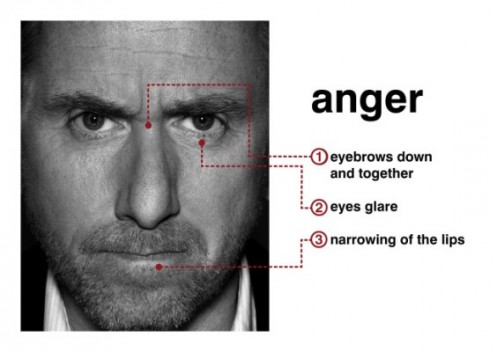
Contempt
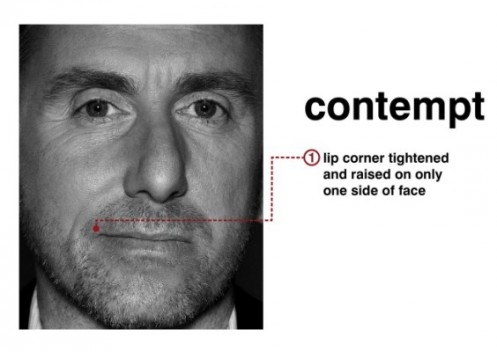
Disgust
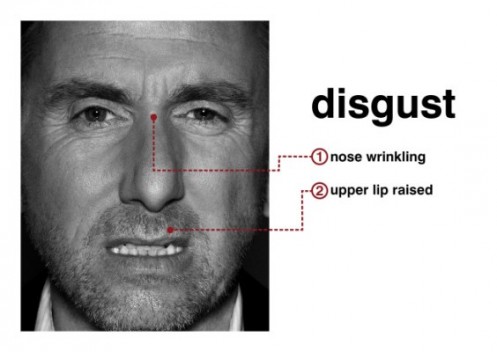
Fear
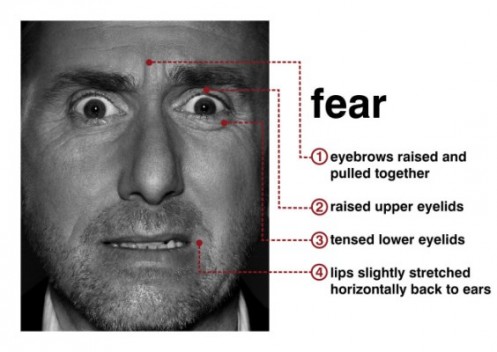
Happiness
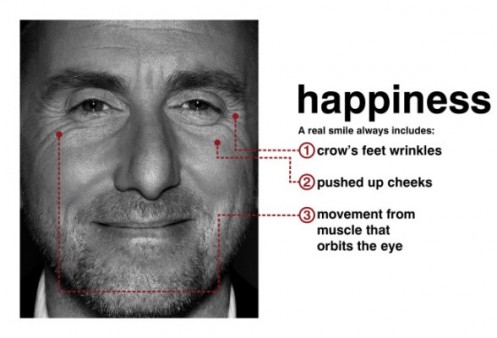
Sadness
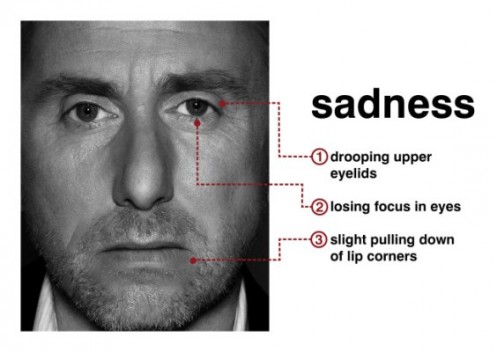
Surprise
